YOU KNOW WHAT BOTHERS ME
YOU KNOW WHAT BOTHERS ME
when fantasy books describe the cloth of Quant Farmpeople’s clothing as “homespun” or “rough homespun”
“homespun” as opposed to what??? EVERYTHING WAS SPUN AT HOME
they didn’t have fucking spinning factories, your pseudo-medieval farmwife is lucky if she has a fucking spinning wheel, otherwise she’s spinning every single thread her family wears on a drop spindle NO ONE ELSE WAS DOING THE SPINNING unless you go out of your way to establish a certain baseline of industrialization in your fake medieval fantasy land.
and “rough”??? lol just because it’s farm clothes? bitch cloth was valuable as fuck because of the labor involved ain’t no self-respecting woman gonna waste fiber and ALL THAT FUCKING TIME spinning shitty yarn to weave into shitty cloth she’s gonna make GOOD QUALITY SHIT for her family, and considering that women were doing fiber prep/spinning/weaving for like 80% of their waking time up until very recently in world history, literally every woman has the skills necessary to produce some TERRIFYINGLY GOOD QUALITY THREADS
come to think of it i’ve never read a fantasy novel that talks about textile production at all??? like it’s even worse than the “where are all the farms” problem like where are people getting the cloth if no one’s doing the spinning and weaving??? kmart???
More Posts from Ancientbruisesbrokenruses and Others
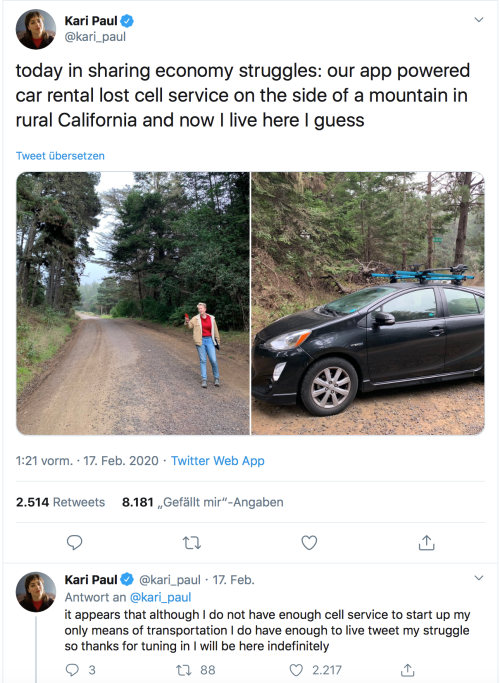
Welcome to the future, where you don’t own anything and the stuff you rent stops working once your phone has no signal.










TOM HIDDLESTON
Art of Villainy - Jaguar
Fantasy Guide to Make-Up and Cosmetics

If I am to be completely honest with you all, I know nothing about make-up. Those little brushes and endless sponges mean nothing to me except the fact that they are really soft and sometimes shiny. I don't wear makeup so you can imagine how useless I am at modern make-up.
However, history is my jam and I know about what make-up they use centuries ago. So never fear @theflyingravenbird I got you.
Ingredients and Applications


Make-up and cosmetics of the past were usually sourced from natural ingredients. The more difficult the ingredients were the more expensive the cosmetic was. Natural dies such as red ochre and berries were used to stain lips or colour powder to use as blusher to add colour to the lips. For examples:
Geishas of Japan are probably the most recognizable make-up wearers in the world. Historically and in some more traditional okiyas, the geishas painted their faces with rice powder to give them that unbroken, white complexion. A popular recipe for their crimson lipsticks involved extracting pigment from crushed safflower petals.
Henna paste made from the eponymous plant can be used as hair dye and to trace designs on the feet and hands.
Kohl is a black powder that is famous for its popularity in Egyptian Cultures and even the Persian Empire. Kohl lines the eyes like modern eyeliners and is found when one grounds stibnite. Kohl actually had the luck of preventing eye infections which no doubt helped in the climate of Egypt and beyond.
The Phoenicians used powdered metals of gold, silver and other metals to dust their faces. This is reputably thought to denote their wealthy status.
Rouge or blusher has had numerous recipes throughout history. The Ancient Egyptians made rouge from red ochre and animal fat. The Romans made their rouge from lead and cinnabar, which sounds about as bad for you as you think it does. The Ancient Greeks made it from pressed mulberries or other fruits such as beet and strawberries. The Ancient Chinese made rouge from extracts of coloured flowers.
Ancient Chinese cultures used a mixture of gumarabic, gelatin, beeswax, and eggs to stain their nails. The colors were often used to denote social class. Gold and silver was worn by royalty or black and red. The lower classes were not prohibited to wear bright colours.
Lipstick has also a few recipes. Egyptians used pounded carmine, a kind of insect, to smear on their lips. Other ancient civilizations used red ochre. Vermilion (though toxic) was also used, along with crushed flowers with red pigment mixed with beeswax during the Elizabethan period.
During the late Elizabeth and then again in the Baroque period, women and some men began to paint their faces with white powder. The layer of white lead and vinegar, or ceruse was popular for tears despite the hair loss and death it caused.
Make Up Tools

Powderpuffs: the powderpuff was a pad of soft material meant to apply powder to one's face. They were made of feathers, cotton or sheep's fleece.
Brushes: Brushes have been been around for ever. They have been found in some of the earliest Egyptian tombs. The brushes were often made from animal hair with wooden or more expensive handles.
Pots of pigment, scents and ointments: Some early tombs excavated from ancient civilizations have included what amounts to a palette (thank you lil sis for that word). The pigments in the pots would be very expensive. Ointments and balms have also been found. Perfumes were very popular in antiquity and made a recurrence in Europe after the Crusades (which helped since some of the make up smelled awful).
Make Up and Social standing


Though make up is rather popular now, it had a rather uncertain rise to popularity.
Most Ancient civilizations wore some kind of cosmetic. The overuse of cosmetics in ancient times was frowned on as prostitutes and actors often wore dramatic make up however the elite often smeared themselves with powders to make them paler and redden their cheeks.
In the Middle Ages, makeup had a dual reputation. The Church frowned on it because it was again popular with prostitutes and actors but it was a common consensus that if the woman was scarred from smallpox or some other disease she was excused from being labelled as vain.
In the late Elizabethan period, theatres were getting more popular and as was makeup. Actors began wearing make up more frequently as did the elite. Elizabeth I herself was infamous for her milk-white skin. Make up became more sociably acceptable among the rich and noble at this point.
The 1700s probably saw the height of make up madness. Both women and men of the elite powdered themselves with white lead paint. They rouged their cheeks to high pigment and stuck small dots of felt to cover blemishes. The commons began to poke fun at the elite's strange obsession with looking like they've lost all their blood. Dandies and painted noblewomen were often poked fun at by pamphlets and satirical cartoons.
The Victorians frowned on make up, thinking it garish and common. Queen Victoria herself denounced make up as uncouth which lead the elite to abandon it in droves. However, most women prized a clear complexion so there was a lot of secret make-up-ing going on.
During the Edwardian period and the 1920s, make up began to get more popular. Older more respectable women began trying makeup to fresh their complexion. The younger generations began to experiment with makeup leading to the infamous smokey eye look.
This has made me think so much…and not entirely about my characters.
Writing Grief
I’ve heard from many places - and wholeheartedly stand by - the idea that the larger the scope you’re trying to portray, the smaller your focus should be. For example, if you’re writing about a village that’s been destroyed, you don’t focus on the destruction everywhere, you focus on a little child’s doll lying half-scorched in the street. The idea is to channel as much of the emotion as possible into the smallest details. That’s how it’s the most potent.
Grief is one of these big things. Grief rocks your world, and it’s grip doesn’t go away as soon as the next thing comes around. It strikes at odd moments.
The thing with grief is that everyone experiences it differently, and everyone’s got different memories surrounding it. Given this fact, I’m going to describe questions who’s answers you may incorporate into your narrative, but I cannot give you a “this is how to write your character’s grieving.” The questions I’ve listed below are likely going to be most relevant at or just after another character’s died, when things are freshest and at their most raw.
(note: “or” questions do not necessarily mean you have to choose one or the other. You can, but it’s also saying, “is at least one of these the case?”)
How does it feel externally?
Do things feel too rough, or too soft? Too squishy or too unyielding?
Are yoru character’s sleeves damp or wet from wiping away tears? are there balls of tissues held tight in your character’s fists?
Is the air too cold or too warm?
Is the space too tight, or too open?
How does it feel physically internally?
Is your character’s jaw clenched or their muscles tightened?
Do their eyes sting or feel puffy from tears?
Are they dehydrated and/or hungry?
Does their skin feel cold to the touch?
Do they crave physical contact such as hugs, or do they not want to be touched?
How does your character feel emotionally?
Are they angry, scared, sad, or unsure?
Do they feel emotionally empty like there is nothing inside of them (do they feel cold but aren’t physically cold)?
Are their thoughts coherant, or are they scattered?
What do they notice? Colors, shapes, patterns, sounds, movement, tactile sensations, smells?
Is your character craving a sense or normalcy, or a sense of difference that reflects the difference of someone dying?
How does your character physically react?
Do they start crying or showing other intense emotions?
Do they try to hold everything inside and/or not show other people?
Does their movement style change (they’re jerkier, slower, etc)?
Do they not seem to hear anything anyone else is saying?
Do they try to overcompensate and/or pretend that what happened didn’t really matter (showing intense emotions seemingly unrelated to grief)?

ALSO! do you know how many fuckers have fucking cheated on their partners? A fuck load. You know this right? It’s not some great, mystical feat. He didn’t fuck a unicorn. Unlike Katherine the Great. I’m sorry that was a bad history joke. Or, I think it was funny. You’d get it if you weren’t an idiot. Are you an idiot? Oh right, you are. We covered this in my last one of these, didn’t we? I thought me did. Well, let me restate this. You’re an idiot. you’re welcome. Have a nice fucking day.
Slutshaming women is not ok Slutshaming Alexander Hamilton is totally ok Tumblr logic
Jez believes in justice
Aureli believes in mercy
Scipio believes in what the situation calls for
does your oc believe in justice, or mercy?
Reblog If You Don’t Like To Label Your Sexuality
I’m white. I know that. I don’t pretend I’m not. But gods do I hate that teacher right now. She’s not saying that at she doesn’t like the fact that you like fucking pineapples on your pizza, she’s saying that your ‘opinion’ literally goes against her entire fucking existence.
GO 👏 THE 👏 FUCK 👏 OFF. Also, the American educational system is trash. I applaud this child’s parents for giving her a voice and standing up against bias authority.
Wish I had this years ago. Could’ve saved me my mental health.
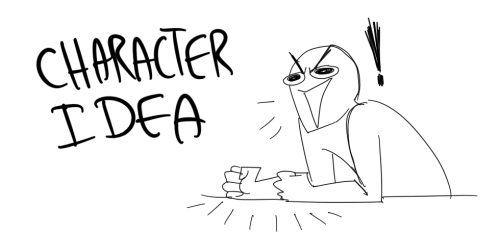
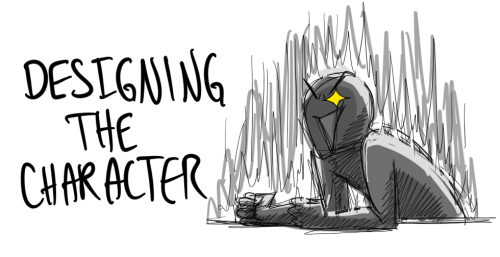
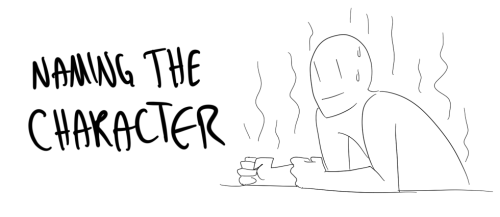
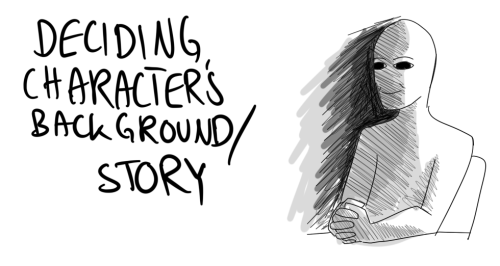
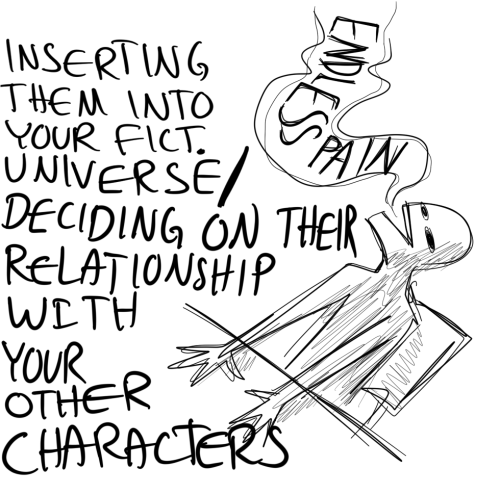
the suffering never ends
-
 atsa-reference reblogged this · 6 days ago
atsa-reference reblogged this · 6 days ago -
 fishingwithstring liked this · 2 weeks ago
fishingwithstring liked this · 2 weeks ago -
 eternalparadisearchive reblogged this · 2 weeks ago
eternalparadisearchive reblogged this · 2 weeks ago -
 the-best-posts-from reblogged this · 2 weeks ago
the-best-posts-from reblogged this · 2 weeks ago -
 ourdramaqueen liked this · 2 weeks ago
ourdramaqueen liked this · 2 weeks ago -
 username-that-really-isnt-taken reblogged this · 3 weeks ago
username-that-really-isnt-taken reblogged this · 3 weeks ago -
 breneli0-asoiaf-lover liked this · 3 weeks ago
breneli0-asoiaf-lover liked this · 3 weeks ago -
 beeisokay liked this · 1 month ago
beeisokay liked this · 1 month ago -
 junithelooperrrr reblogged this · 1 month ago
junithelooperrrr reblogged this · 1 month ago -
 mmmmmgoodbye reblogged this · 1 month ago
mmmmmgoodbye reblogged this · 1 month ago -
 russetfoxfur reblogged this · 1 month ago
russetfoxfur reblogged this · 1 month ago -
 mushroomb reblogged this · 1 month ago
mushroomb reblogged this · 1 month ago -
 the-solo-deviant reblogged this · 1 month ago
the-solo-deviant reblogged this · 1 month ago -
 a-door-appeared reblogged this · 1 month ago
a-door-appeared reblogged this · 1 month ago -
 a-door-appeared liked this · 1 month ago
a-door-appeared liked this · 1 month ago -
 sleepystellarsister reblogged this · 1 month ago
sleepystellarsister reblogged this · 1 month ago -
 thejunkdrawers reblogged this · 1 month ago
thejunkdrawers reblogged this · 1 month ago -
 peytonpendrey liked this · 2 months ago
peytonpendrey liked this · 2 months ago -
 spaghettiwritten reblogged this · 2 months ago
spaghettiwritten reblogged this · 2 months ago -
 so-fucking-gay26 liked this · 2 months ago
so-fucking-gay26 liked this · 2 months ago -
 princeoftenderness liked this · 2 months ago
princeoftenderness liked this · 2 months ago -
 ehay liked this · 2 months ago
ehay liked this · 2 months ago -
 thehorrorsarehere reblogged this · 2 months ago
thehorrorsarehere reblogged this · 2 months ago -
 thehorrorsarehere reblogged this · 2 months ago
thehorrorsarehere reblogged this · 2 months ago -
 thehorrorsarehere liked this · 2 months ago
thehorrorsarehere liked this · 2 months ago -
 herehaveafandom reblogged this · 3 months ago
herehaveafandom reblogged this · 3 months ago -
 allanonkisigar liked this · 3 months ago
allanonkisigar liked this · 3 months ago -
 hollowflight-propaganda reblogged this · 3 months ago
hollowflight-propaganda reblogged this · 3 months ago -
 octoberbirdsreading reblogged this · 3 months ago
octoberbirdsreading reblogged this · 3 months ago -
 blargh-500 liked this · 3 months ago
blargh-500 liked this · 3 months ago -
 lakecitysilenceme reblogged this · 4 months ago
lakecitysilenceme reblogged this · 4 months ago -
 lakecitysilenceme liked this · 4 months ago
lakecitysilenceme liked this · 4 months ago -
 aurora-bore-aura reblogged this · 4 months ago
aurora-bore-aura reblogged this · 4 months ago -
 notveryflamboyantofyou reblogged this · 4 months ago
notveryflamboyantofyou reblogged this · 4 months ago -
 riuhhhhh liked this · 4 months ago
riuhhhhh liked this · 4 months ago -
 ravenwolfie97 liked this · 4 months ago
ravenwolfie97 liked this · 4 months ago -
 palettlasllm reblogged this · 4 months ago
palettlasllm reblogged this · 4 months ago -
 dylanthefabulous5 liked this · 4 months ago
dylanthefabulous5 liked this · 4 months ago -
 kangasauras liked this · 4 months ago
kangasauras liked this · 4 months ago -
 cyyyyanity liked this · 4 months ago
cyyyyanity liked this · 4 months ago -
 teethburglar reblogged this · 4 months ago
teethburglar reblogged this · 4 months ago -
 teethburglar liked this · 4 months ago
teethburglar liked this · 4 months ago -
 tide-draws-stuff liked this · 4 months ago
tide-draws-stuff liked this · 4 months ago -
 vanitythevantropist liked this · 4 months ago
vanitythevantropist liked this · 4 months ago -
 spookys1fan reblogged this · 4 months ago
spookys1fan reblogged this · 4 months ago -
 random-chaos-and-stuff reblogged this · 4 months ago
random-chaos-and-stuff reblogged this · 4 months ago